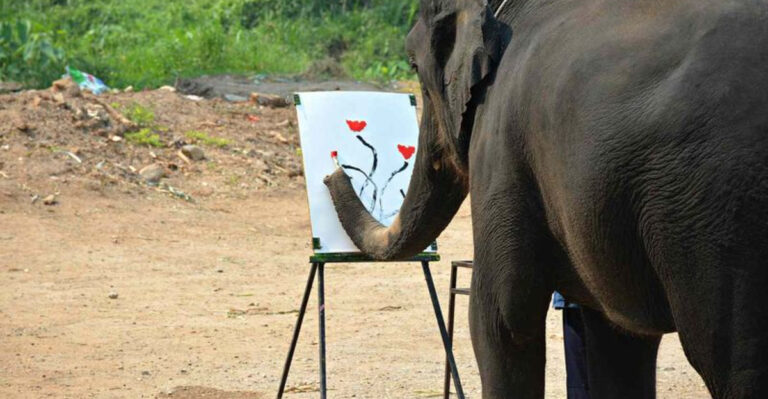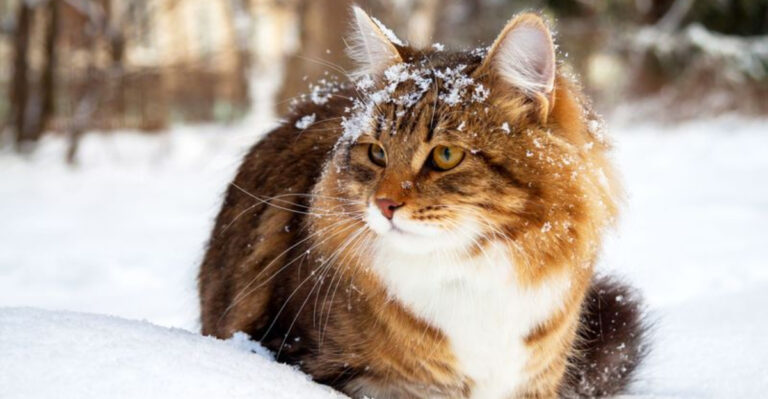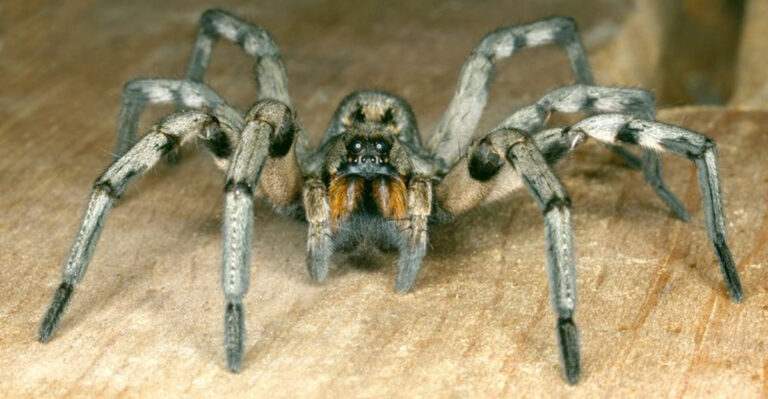11 Signs Your Cat Trusts You (And 5 That Indicate The Opposite)
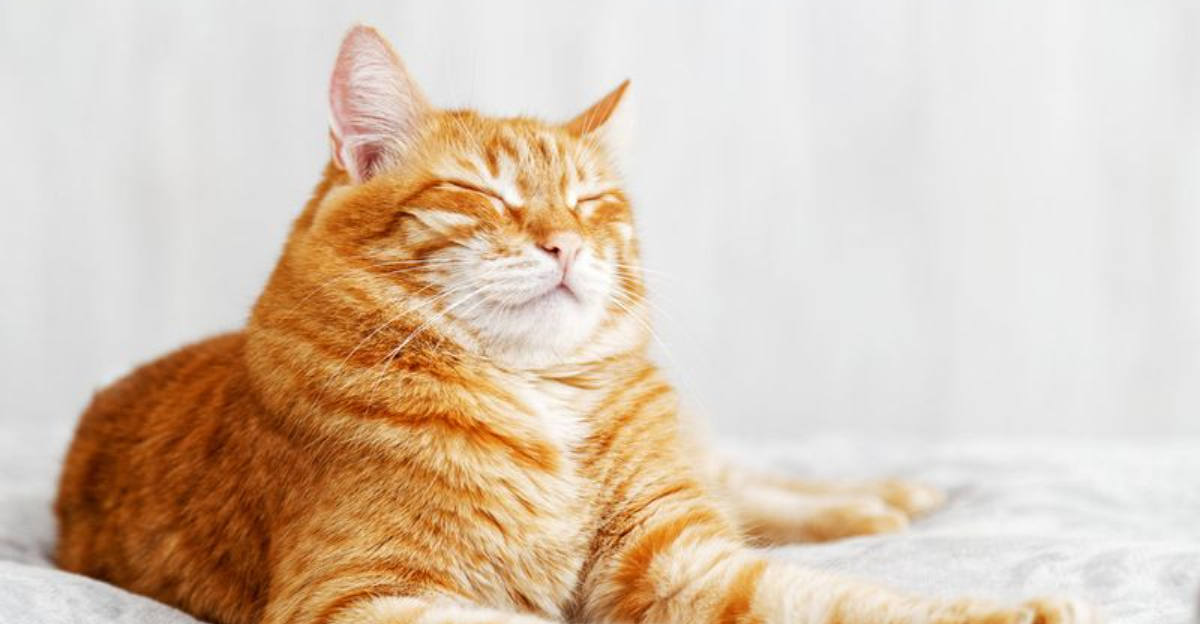
Cats can be mysterious creatures, often keeping their emotions close to the chest. But understanding how your cat feels about you is crucial to building a strong bond. While some cats are naturally more affectionate, others may take a little longer to show trust.
In this guide, we’ll explore 11 clear signs that your cat trusts you, from the way they greet you to how they interact with you during play.
On the flip side, we’ll also cover 5 behaviors that may indicate your cat is still hesitant or unsure, helping you better understand your feline companion and foster a deeper connection.
1. Purring When Nearby
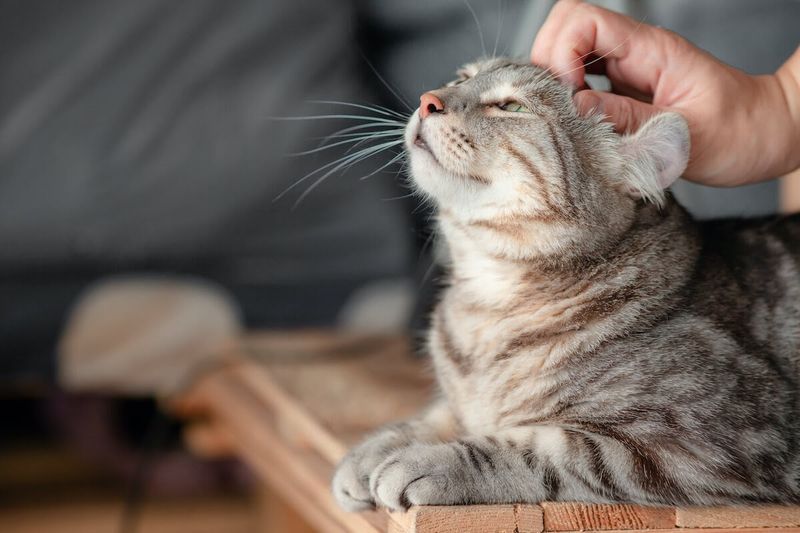
One of the most telling signs that your cat trusts you is their purring when they’re near you. This gentle, soothing sound often indicates contentment and a sense of security. If your cat chooses to sit close and purr, it’s a clear signal that they feel safe and relaxed in your presence.
Cats may also purr when they’re happy or seeking attention, so a purring cat nearby is a strong trust indicator. Those soft vibrations are a form of communication, letting you know they enjoy your company and feel at ease.
2. Showing You Their Belly
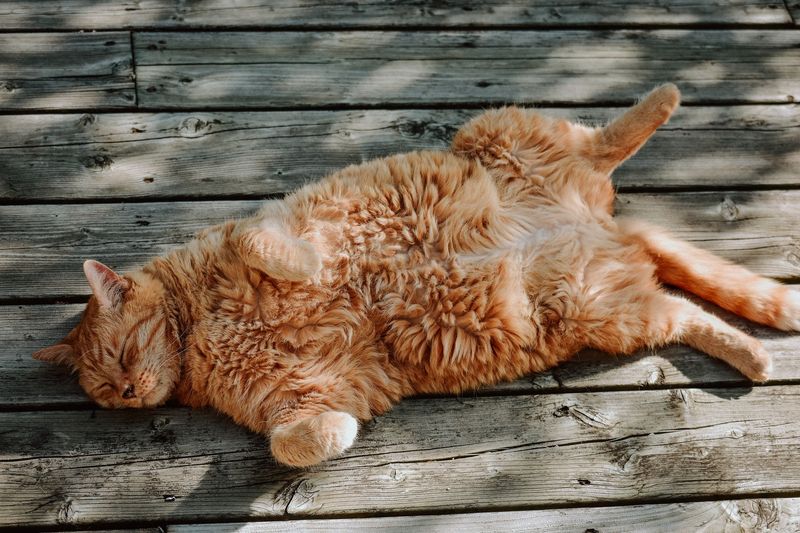
When your cat rolls over and reveals their belly, they’re demonstrating vulnerability, which is a significant sign of trust. This behavior indicates that your cat feels secure enough in your presence to expose one of their most sensitive areas.
However, not all cats enjoy belly rubs, so it’s essential to read your cat’s body language. If they seem relaxed and continue to lie on their back, it’s a positive affirmation of their trust in you.
3. Kneading On You
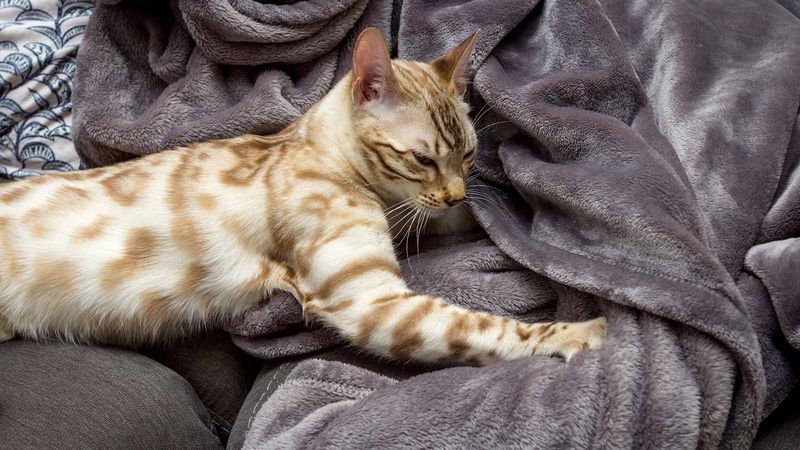
Kneading is a comforting action that cats often perform with their paws. If your cat kneads on you, it’s a sign that they associate you with positive feelings and memories, similar to those they experienced as kittens with their mother.
This behavior signifies that your cat feels at home and at ease with you. These gentle motions not only indicate trust but also a deep-rooted sense of safety and affection.
4. Following You Around
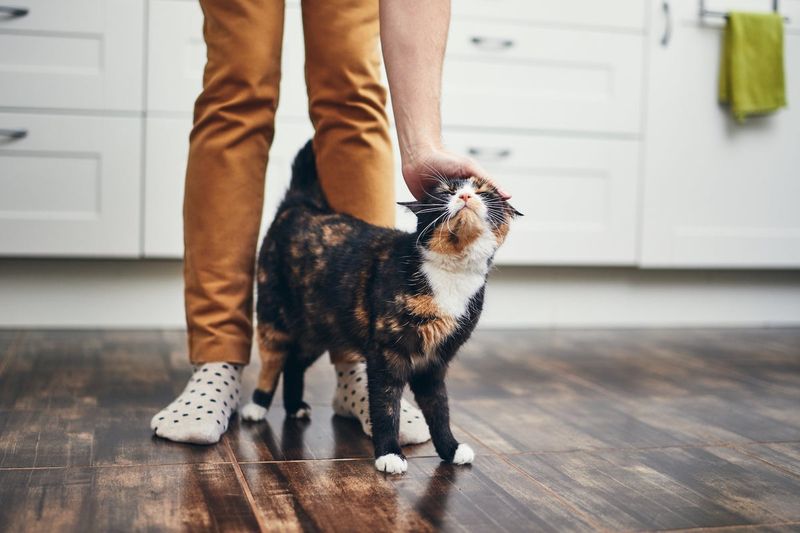
If your cat frequently follows you from room to room, it’s a clear sign that they enjoy your company and feel secure around you. This behavior shows that your cat trusts you enough to make you their chosen companion, preferring your presence over solitude.
While some cats are naturally more independent, a cat that shadows your every move is expressing trust and a desire to be part of your daily life.
5. Slow Blinking At You
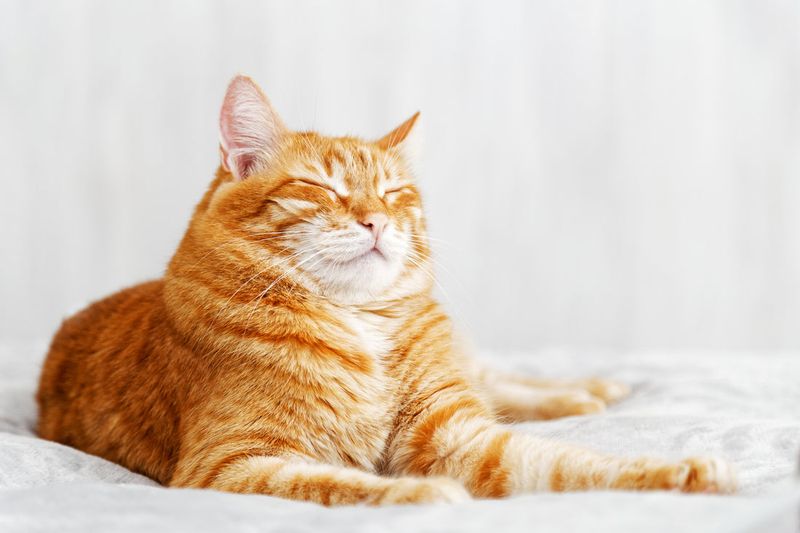
When a cat offers you a slow blink, it’s like receiving a feline kiss. This gesture is a profound sign of trust, showing that your cat feels comfortable enough to let their guard down around you. Slow blinking suggests that your cat is relaxed and not threatened.
To build trust further, try slow blinking back. This mutual exchange can strengthen your bond, as it shows your cat that you understand their language and reciprocate their trust and affection.
6. Head-Butting You
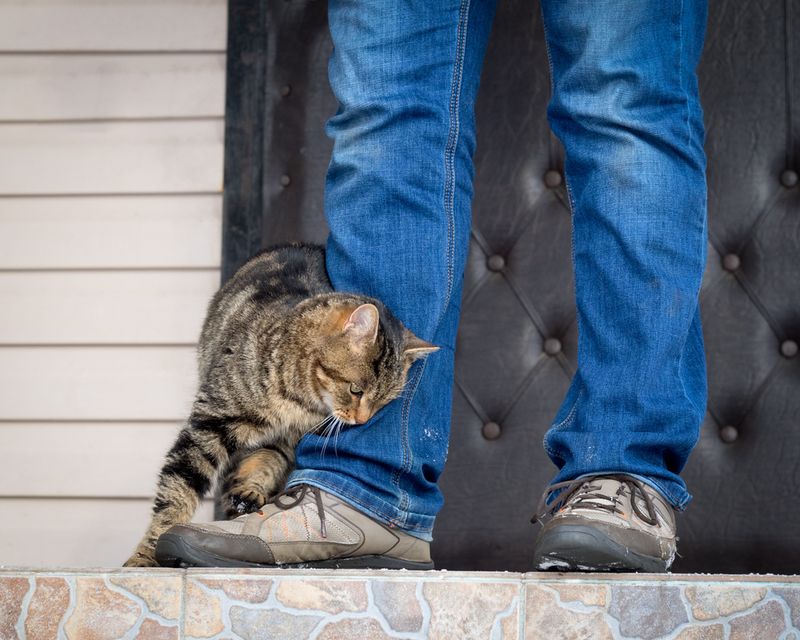
Head-butting or “bunting” is a way for cats to mark you with their scent, signifying trust and affection. This behavior is a friendly gesture, indicating that your cat feels connected to you and considers you part of their inner circle.
When a cat bumps their head against you, they’re sharing their scent and accepting yours, reinforcing the bond and trust between you. It’s a heartwarming sign that they’re comfortable with your presence.
7. Bringing You ‘Gifts’
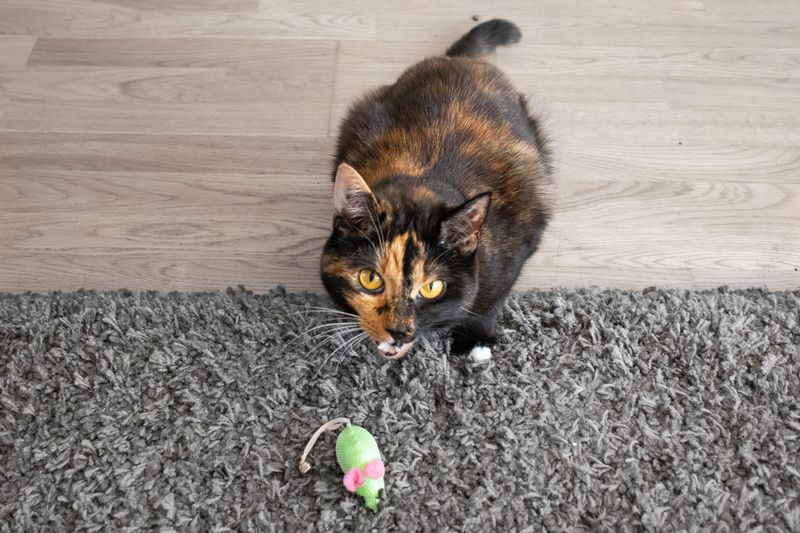
While it might be unsettling, a cat presenting you with gifts, such as toys or even catches from outside, is a strong sign of trust and affection. This behavior emulates their natural hunting instincts and signifies that they see you as part of their family.
By sharing their “catch,” your cat is expressing a bond and showing that they trust you enough to share their prized possessions. It’s their way of contributing to the household and displaying their loyalty.
8. Grooming You
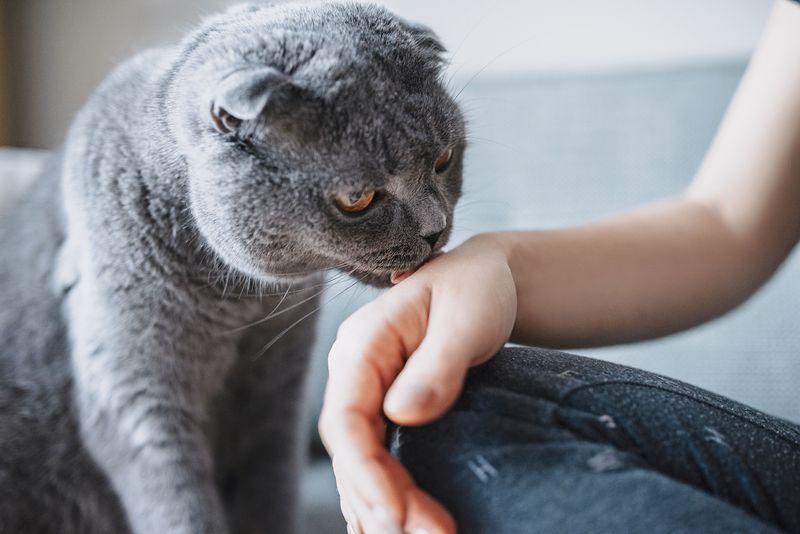
Grooming is an intimate behavior that signifies trust. When your cat licks you, they are not only cleaning you but also marking you as part of their social group. This behavior is rooted in their instinctual grooming habits learned as kittens.
By grooming you, your cat is expressing comfort and acceptance, showing that they trust you enough to include you in their grooming routine. It’s a strong indication of the bond you share.
9. Sleeping Near You
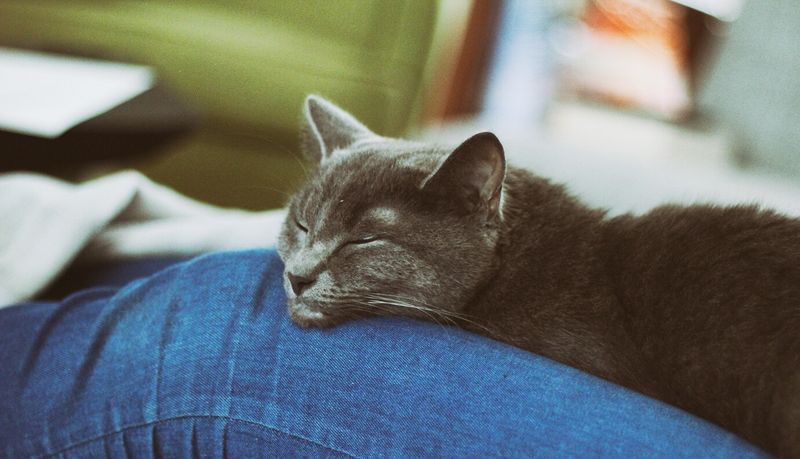
When a cat chooses to sleep near you, it’s a profound sign of trust. Sleeping is a vulnerable time for cats, and doing so near you indicates they feel safe and secure. This behavior shows your cat’s comfort level and their trust in your protection.
A cat that curls up beside you is showing that they feel at home, and your presence reassures them. It’s a special compliment, expressing their confidence in your relationship.
10. Tail Up In Your Presence
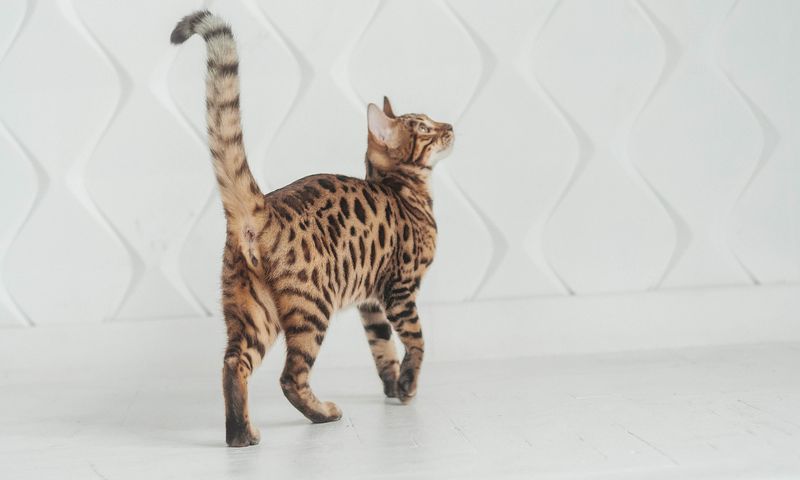
A cat with its tail held high in your presence is exhibiting confidence and friendliness. This posture is a positive sign that your cat trusts you and feels happy. A high tail often accompanies a relaxed demeanor, indicating contentment.
This gesture is an open invitation for interaction, showing that your cat enjoys being around you. It’s a straightforward display of trust and an invitation to engage with them.
11. Nose Bumps
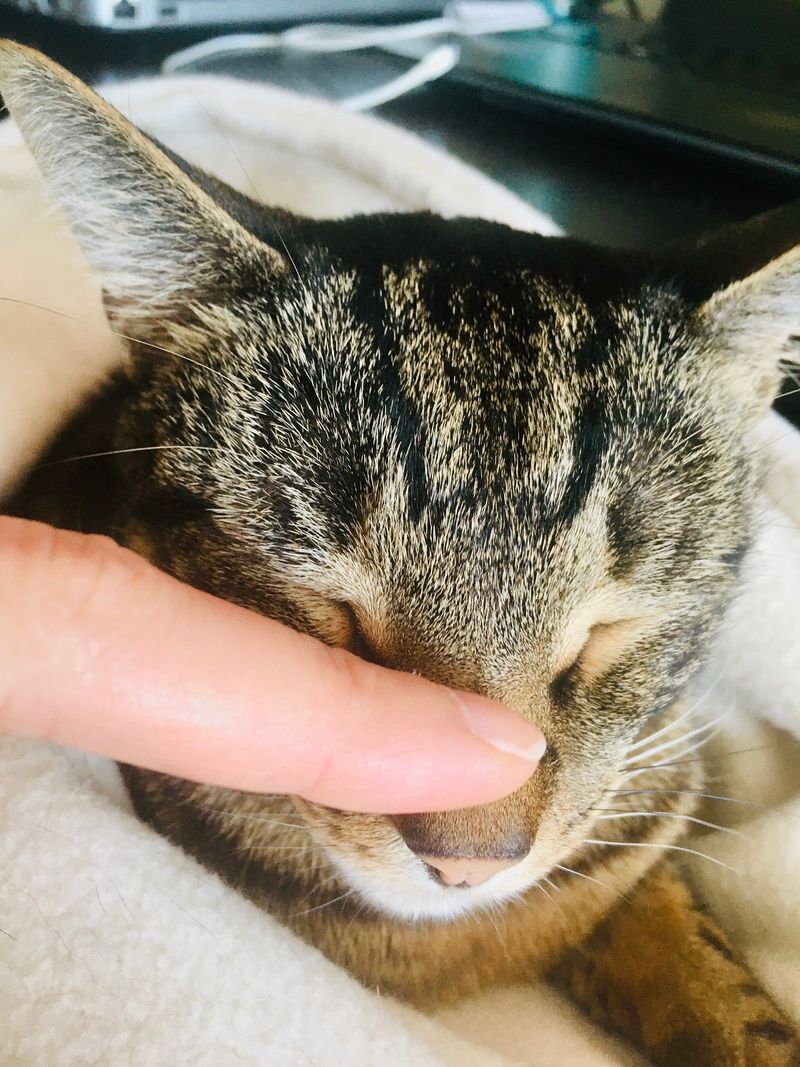
When your cat greets you with a gentle nose bump, it’s more than just a cute gesture. This is a sign of trust and affection, akin to a human handshake. Cats have scent glands in their noses, and this behavior is their way of marking you as a part of their safe space.
Imagine it as your cat’s way of saying, “You are family.” Each bump is a testament to their comfort around you. This charming behavior transcends mere habit; it’s a declaration of trust earned over time.
Cherish these moments as they’re a window into your cat’s world.
12. Hiding From You

If your cat tends to hide when you’re around, it might indicate a lack of trust. Cats often hide to feel safe and protected, and if they do this consistently, it might mean they’re still trying to assess your intentions.
To build trust, approach your cat gently and provide them with their own space where they can retreat when needed. Over time, with patience and care, your cat may begin to venture out more and show signs of trust.
13. Ignoring You
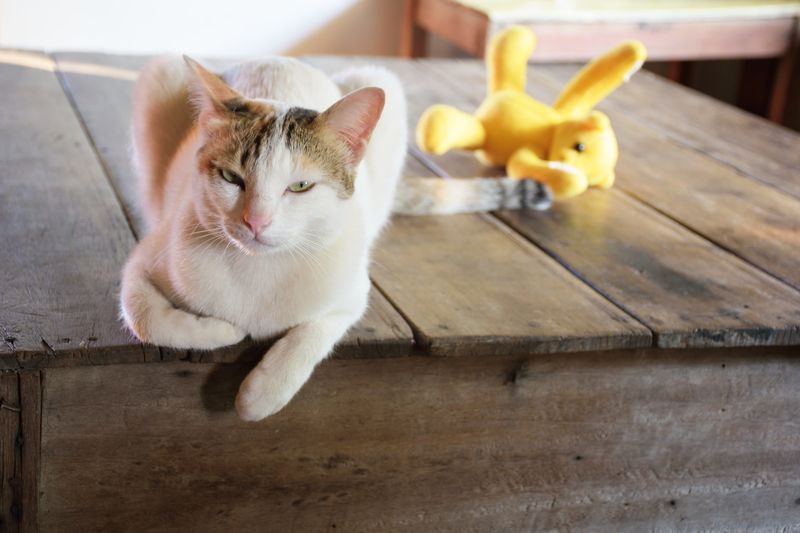
If your cat often ignores your presence, it could mean that they haven’t fully warmed up to you or feel indifferent. Cats that turn their backs or walk away might not yet feel safe or secure in your company.
Building trust with a cat that ignores you may require patience and gentle interaction. Allow the cat to approach you when they’re ready, as forcing attention might make them more apprehensive.
14. Swatting Or Biting
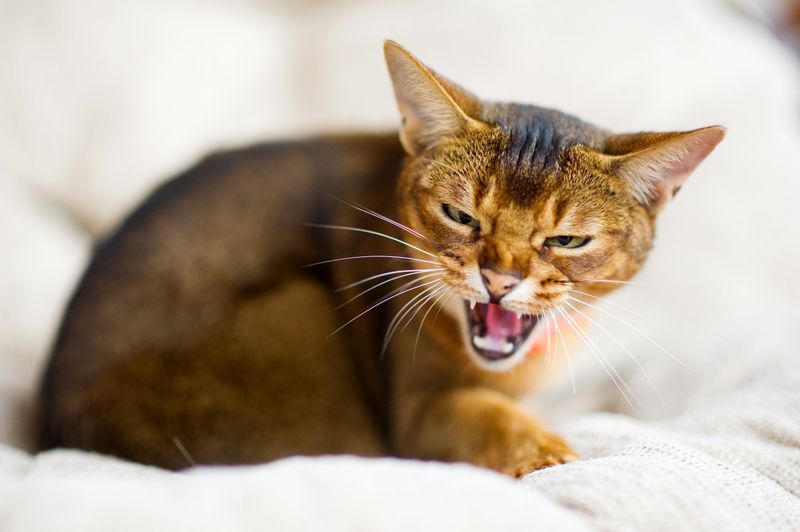
Cats that frequently swat or bite may not fully trust the people around them. This behavior can be a defensive mechanism, indicating they feel threatened or uneasy. It’s important to recognize these signs and give your cat space.
To develop trust, avoid sudden movements and respect their boundaries. Offering consistent, gentle interactions can help your cat gradually feel more comfortable and trusting.
15. Ears Flat Back
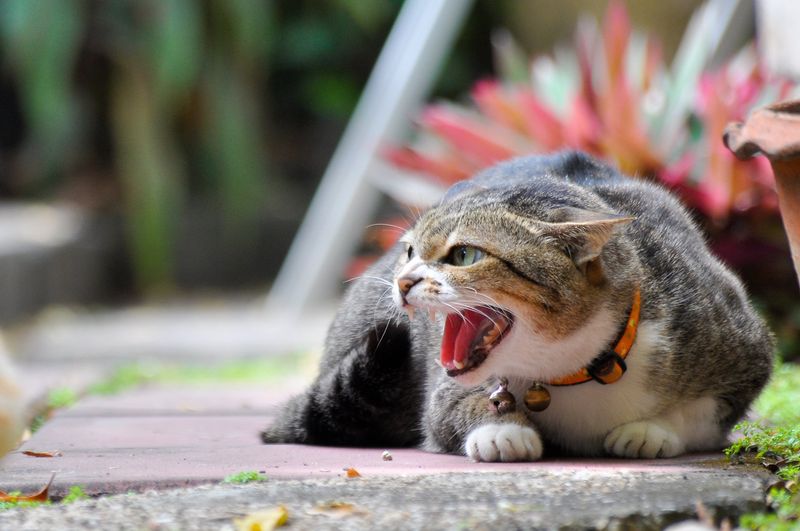
When a cat’s ears are flattened back against their head, it’s a clear sign of distress or fear. This behavior indicates that your cat does not feel entirely comfortable or trusting in their environment.
To help ease their anxiety, create a calm and peaceful atmosphere. Observe what might be causing their discomfort and adjust accordingly. Building trust might require time and understanding, but it’s essential for their well-being.
16. Sudden Retreats
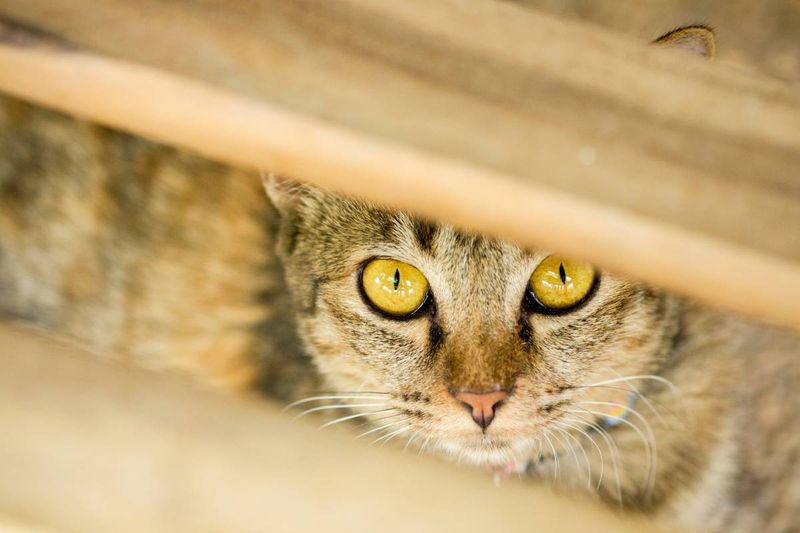
If your cat often dashes away during interactions, it might be a sign of mistrust. This sudden retreat can indicate that your feline feels uncomfortable or threatened. It could be the result of past negative experiences or a response to unfamiliar situations.
Cats are creatures of habit, and disruptions can unsettle them, leading to these flight responses. When a cat chooses to hide rather than interact, it’s a signal to reassess the environment and approach.
Building a bond takes patience, and respecting their space is crucial for nurturing trust.



